Picardy Sheepdog Healthcare
We are still a young breed club with information being added on regular basis.
Overview
Overall, the Picard is very healthy and most dogs live to a good age, free of major problems. There are, however, some areas of concern to breeders and owners, where research is in progress or planned to address these concerns.
Picardy Sheepdogs are usually considered to be a healthy breed, with dogs commonly living to be 12-15 years old.
There are some health problems that can crop up in individual dogs. Eye disorders are sometimes found, such as progressive retinal atrophy (PRA) and Canine Multifocal Retinopathy (CMR). Brittle nails and sensitive digestion are known in the breed, but most of the time can be prevented by good care and careful choice of food. Heart murmurs have been mentioned but in the UK (and most other countries), we have no evidence of disease, just a physiological split.
You will find the Kennel Club’s Breed Health and Conservation Plan for the Picardy Sheepdog here. Mobile phone users, please press and hold icon, then download the link to access the file.
Eye Disorders
(The genetics of eye disorders in the dog – Cathryn S Mellersh)
PRA – Progressive Retinal Atrophy
The retina is the tissue that lines the inner surface of the eye, and is the light sensitive part of the eye that acts as the brain’s camera, transmitting images through the rods and cones that are part of its structure and thus enabling the experience of vision. The retina is part of the central nervous system (CNS) and the only part of the CNS that can be easily imaged and examined. In retinal degeneration (atrophy), the cells of the retina begin to decline in function, thereby leading to impaired vision or even blindness. There are many causes for retinal degeneration.
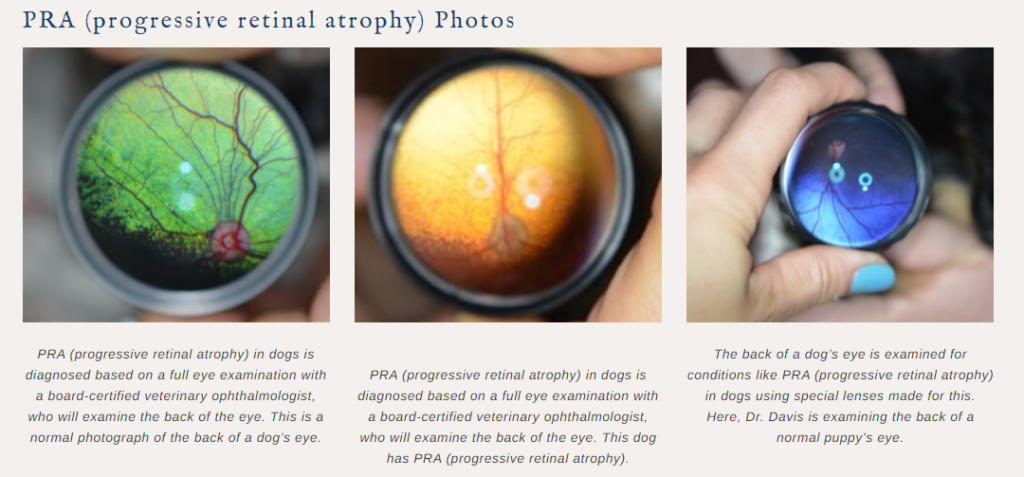
Symptoms and Types
- Night blindness that progresses to blindness in daylight
- Dilated pupils
- Inability to see clearly in bright light
- In some conditions, only central vision may be lost, the animal may still retain peripheral vision
- The pupil (opening of the eye) has abnormal reactions to light
- The retinal structure appears abnormal when a doctor examines it with an ophthalmoscope; cataract may be observed
Causes
- Genetic: Hereditary degeneration is common. This is characterized by the formation and development of a faulty group of cells, which gradually worsen in function over life
- Degenerative: Long-term glaucoma, scarring inflammation or separation of the retina due to trauma
- Abnormal structure: Abnormal structure at birth or abnormal development of the retina with age
- Metabolic: Insufficient or excess amounts of certain enzymes
- Cancer: Cancer from other parts of the body that has spread to the retina
- Nutritional: Deficiency of Vitamin A or E
- Infections/Immunity: Infections of the retina or infections that spread from other parts of the body
- Idiopathic (Unknown Cause): Sudden blindness due to sudden acquired retinal degeneration syndrome (SARDS)
- Toxic: Adverse Reactions to specific drugs
Dogs that have become blind as a result of suffering from retinal degeneration are generally not in pain, so they can continue to lead healthy, full lives once they have learned to compensate for the loss by sharpening their other senses. In these cases, dogs must be kept under a watchful eye at all times so that it is not at risk of being injured or attacked (read more)
CMR – Canine Multifocal Retinopathy
CMR is an eye disorder which can cause a range of symptoms ranging from minor retinal folding, up to detached retinas. Most of the time symptoms are minor, and sometimes symptoms are not even present. The minor symptoms range from small folding in the retina (folds) to small patches of raised areas on the retina (geographic). Ophthalmologists say that CMR probably does not affect vision much, it may or may not cause small areas of fuzzy vision, and might cause decreased night vision. Geographic would cause larger patches of fuzzy vision than folding. (Per CERF doctor).
CMR is inherited as a recessive gene, meaning the dog must have two copies of the gene to be affected. Carriers (dogs with only one copy) are phenotypically normal, but carry one copy for the CMR gene.
Nail diseases “Split nails”

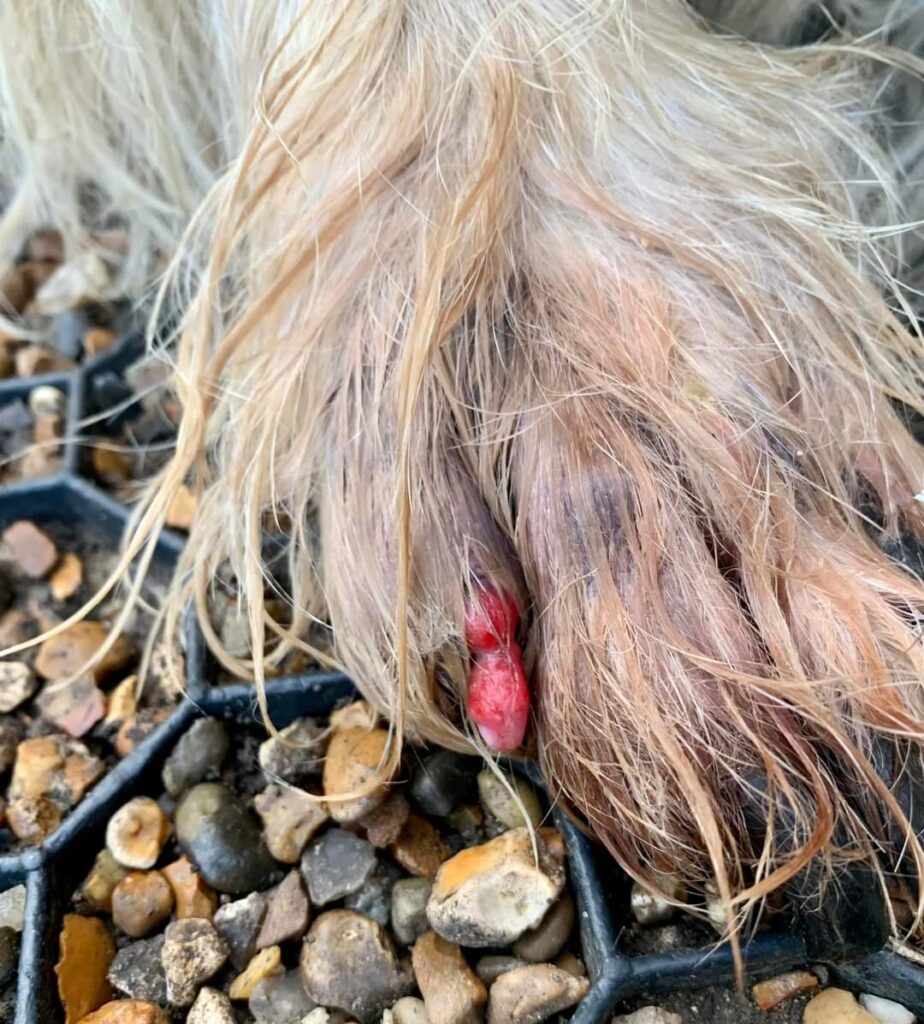
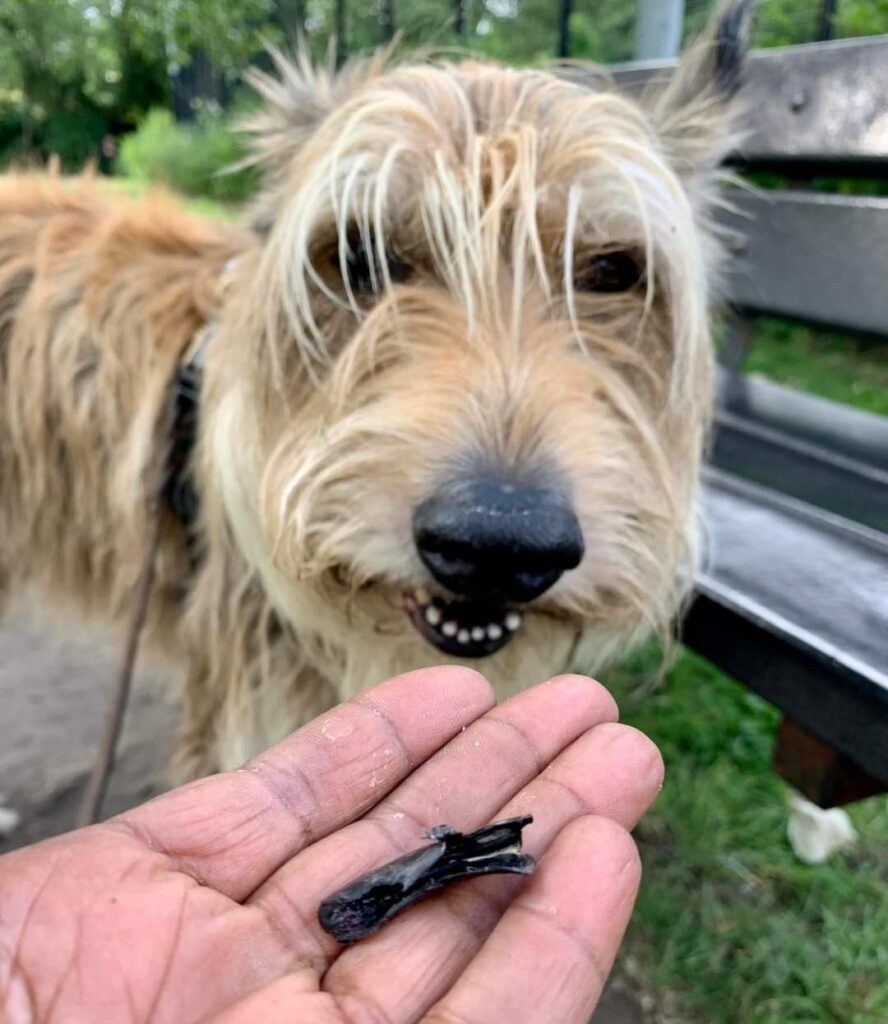
The most common diseases affecting single claws are: trauma, bacterial or fungal infections; the most common condition affecting multiple claws would be onychodystrophy. The claw is important for the pet for grasping and holding, moving and used as a defence tool. For this reason it is important that the claws are regularly trimmed and healthy. Diseased claws will predispose to trauma, abnormal locomotion, pain, lameness, and pododermatitis.
Physical Injury or Trauma: Nail injuries could be painful for your canines, particularly for those dogs who have lengthy nails. Long nails in dogs can crack or break during exercise or training, particularly if the dog is walked on hard surfaces such as tarmac.
Insufficient Nutrition: A lack of essential vitamins and nutritional elements may also result in cracking nails. This can be remedied by adding zinc supplements to meals, together with omega 3 fatty acids and a biotin supplement.
Fungal Infection: To identify a fungus, a skin scraping may be necessary. Fungal infections may be caused by, or exacerbated by, drugs designed to supress the immune system which may be prescribed for other conditions. Antifungal remedies can be prescribed by your vet for treating these infections.
Symmetrical Lupoid Onychodystrophy (SLO): This is an immune mediated condition, caused by an overactive defence system, that leads to dry and brittle nails in canines. It is considered a type of lupus, but cannot be passed on to other dogs or humans. SLO results in splitting and breaking of nails which fails to heal, and whilst there is no cure, the condition can be managed and treated with dietary supplements such as omega 3 fatty acids contained in fish oil, vitamin A, and/or by antibiotic treatment using niacinamide and tetracycline. In some cases, the symptoms go away with proper supplementation with very few to no relapses. Other cases are more of a chronic issue with lifelong treatments needed. While it is frustrating to deal with, it is a condition your dog can live with.
Nail Bed Tumours іn Dogs: Nail bed carcinomas in canines affect the nail beds, the nail matrix (which has nerves), veins, plus the melanin-developing cells, with symptoms including brittle claws, bleeding, limping and ulcerations. They are sometimes confused with bone inflammation and other common ailments.
This is a Picard’s toe, shortly before amputation, showing a squamous cell carcinoma, which began with a broken nail. The dog in question never had any other nail issues at all.
Specialists at the Animal Health Trust seemed to think this complaint was common in large dogs, and it is certainly not just a Picard issue. A recent report suggested this is a common neoplasm at the digits of dogs.
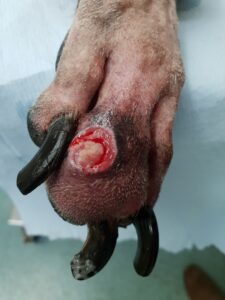
Yeast Infection іn Canines: Dog yeast infections may result from the fungus Candida albicans fungus which resides naturally in your dog and is kept in check by good bacteria. Yeast infections usually occur when the immune system is suppressed, perhaps due to medication, or by an underlying condition. Other than dry and brittle nails, candida problems in dogs can trigger itching or allergy symptoms such as ear infections, constipation, skin rashes and other common problems. The infection can range from mild to severe, with some dogs more sensitive and prone to its development. Treatment is usually straightforward, often involving amending your dog’s diet, or may involves topical medications or oral antifungals.
Dealing with brittle nails problems is dependent upon the root cause. Fungal and microbial infection can be remedied by topical therapies or medicines administered to the affected region. In certain instances, however, surgical removal of the nail plate may be necessary.
The most effective brittle nails treatment and prevention is to maintain your dog’s nails regularly, every fortnight. Many Picard owners use a Dremel or similar file to keep their nails short.
Digestion

Picardy Sheepdogs do require good quality nutrition. This is really not a breed that can get by on cheaper dog foods. Your dog’s health depends on the nutrition you provide so cutting corners is not recommended.
If your dog’s symptoms are more than just mild and intermittent, for example the presence of frequent diarrhoea which contains a lot of mucous and is foul-smelling, switching to a highly-digestible food may improve the situation. If this is not the case, consult your vet. If your puppy or dog has just been introduced to your family, the stress off changing homes can lower his resistance fighting Giardia for awhile.
What is a Sensitive Stomach, and What Can Be Done About It?
Some dogs have guts of steel and can eat almost anything they find on a walk, with no ill effects. However, not every dog is so lucky. Many tend to be considerably more sensitive than this.
Common symptoms of a sensitive stomach include:
- Intermittent loose stools
- Occasional vomiting
- Excessive flatulence
Some dogs cannot handle a lot of variety in their diet or withstand ingredients that make their digestive systems work a little harder than normal. If you suspect that your dog might have a sensitive stomach, the first thing to do is to simplify his diet. Cut out all the extras — no table scraps, just one type of highly digestible treat (or even better, use his regular food as a treat), and make sure your dog doesn’t have access to rubbish or other food sources such as bird food.
Foods made from high-quality ingredients tend to be much more digestible than lower quality products, such as fat. Fat is more difficult to digest than carbohydrates and proteins, so a diet that contains a moderate level of fat (approximately 15 percent) is ideal. Certain types of fibre can also promote digestive health. Look for a source of both soluble and insoluble fibre, like beet pulp. Vitamins and minerals, especially those with antioxidant qualities, can also improve digestive function, so make sure your dog’s food contains appropriate levels of vitamins A, C, and E, beta carotene, and selenium. An extremely helpful, independent website which analyses dog food and grades them can be found here All About Dog Food.
If you think that your dog’s current diet could be playing a role in stomach issues, switch to a different food that meets the criteria listed above slowly, over the course of a few days to a week, gradually mixing increasing amounts of the new food, whilst decreasing the old food.
If your dog’s symptoms are more than just mild and intermittent, or switching to a highly-digestible food does not improve the situation, talk to your veterinarian. More serious conditions, such as a food allergy or inflammatory bowel disease, can have symptoms that are similar to those seen in dogs with sensitive stomachs.
Adapted from Dr. Jennifer Coates
Giardia in dogs – Canine giardiasis
Giardiasis is an unpleasant parasitic infection that is most commonly found in humans, and has a much higher occurrence rate in countries with poor sanitation and limited fresh water facilities. However, the giardia parasite, which causes giardiasis, is also present within the UK, and is equally capable of affecting dogs and other animals as well as people. It is highly contagious, easily transmitted from pet to pet, and can lead to a debilitating bout of diarrhoea and digestive upset that can prove serious in young animals and those with a compromised immune system. Stagnant, unhealthy ponds and pools and any water that is exposed to sewage discharge or faeces may potentially carry the parasite too.
What is giardiasis?
Giardiasis is sometimes referred to as parasitic diarrhoea, as the presence of the giardia parasite in large quantities within the body often leads to intense sickness and scouring, or diarrhoea.
Symptoms and diagnosis
Giardiasis is more symptomatic in younger dogs than older ones and younger dogs and puppies may appear to become sicker faster than older dogs. Giardiasis development may be either acute (sudden in onset) chronic (ongoing or recurrent) transient (short-lived and temporary) or intermittent (the symptoms seem to come and go over a period of several days).
The most obvious symptom of giardiasis in dogs is the presence of diarrhoea, which is often frequent and excessive, may contain a lot of mucous, and will often smell incredibly foul (much more so than the normal aroma of dog droppings)! It may also lead to soft, unformed greasy stools as well as diarrhoea, and can also cause pain, cramps, general stomach upset and of course, unhappiness in the affected dog.
As the giardia parasite is found and transmitted within affected faeces, your vet will ask for a stool sample for examination in order to make a formal diagnosis of giardia infection in your dog.
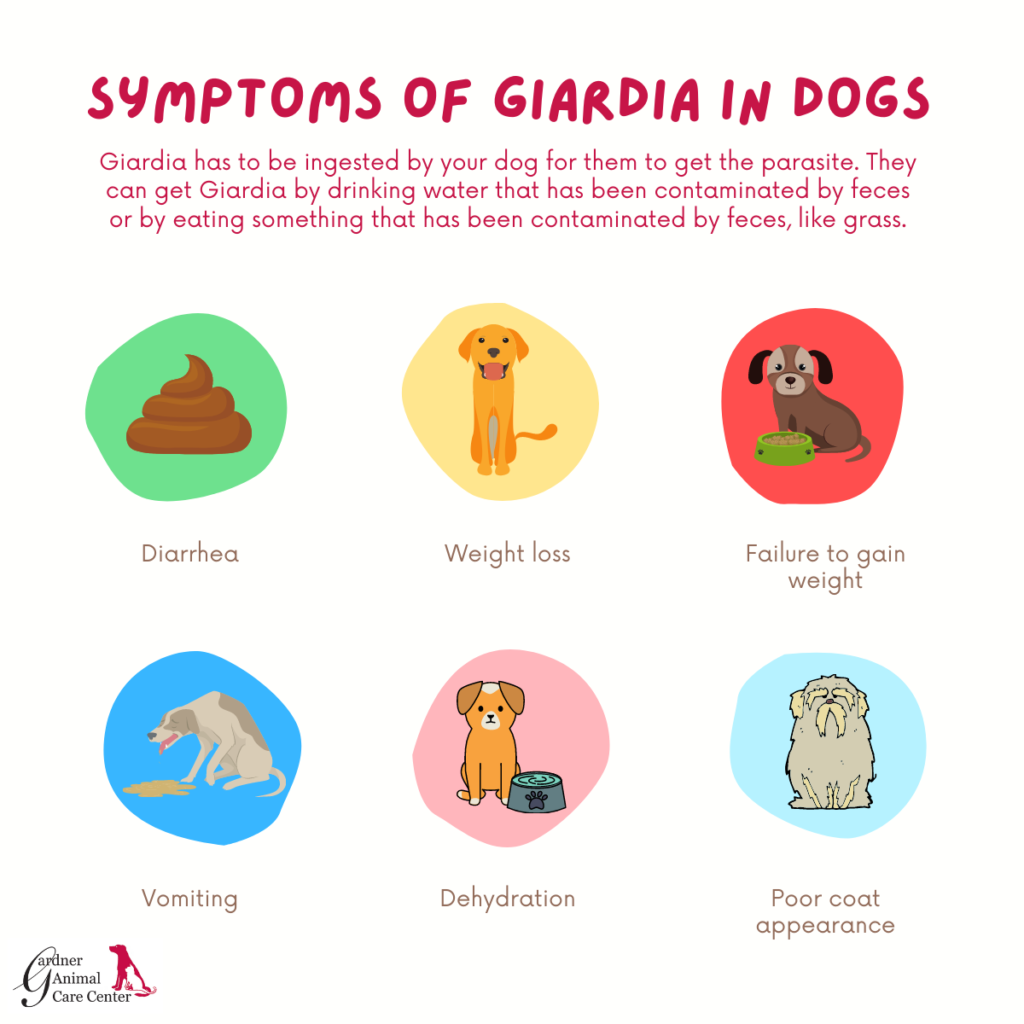
Treatment and prognosis
Medications will usually be prescribed to kill the parasites within the body, and your vet will likely also recommend bathing your dog and thoroughly disinfecting any bedding and other objects that they have come into contact with to prevent re-infection or spreading the condition further after recovery.
Ongoing or recurrent giardiasis can be very debilitating for your dog, and so your vet will generally take a second stool sample after apparent recovery to check for the presence of the parasite again. As with any digestive upset in the dog, it is important to avoid dehydration, and ensure that your dog drinks enough water throughout their illness.
Heart murmurs
What is a heart murmur?
A heart murmur is an abnormal heart sound, usually heard by listening to the heart with a stethoscope.
What causes a heart murmur?
A heart murmur is caused by turbulent blood flow within the heart. Sometimes a murmur is determined to be ‘innocent’ or ‘physiologic’, while other times the murmur is determined to be pathologic or caused by disease. Pathologic heart murmurs can be caused by a structural problem within the heart (ie cardiac disease), or can be due to a problem that is ‘extracardiac’ (ie not caused by heart disease).
Do all murmurs sound the same?
No. The loudness of a murmur reflects the amount of turbulence that is present in the heart. However, the loudness of a heart murmur does not always correlate directly with the severity of disease.
Murmurs are graded by their intensity, usually on a scale of I-VI. A Grade I murmur is very soft or quiet, may only be heard intermittently, and is usually only heard in one location on the chest, while a Grade VI murmur is very loud, heard everywhere that the heart can be heard, and can be felt when a person places their hand on the chest in the area of the heart (in cardiac terminology, this is called a ‘thrill’).
Murmurs are also characterized by the time in which they occur during the heart cycle, and by whether they are long or short. Most murmurs are also characterized by their location, or where they are the loudest.
The majority of murmurs in the dog occur during systole, the phase of the heart cycle when the heart is contracting to pump blood out.
The specific characteristics of the murmur, along with any symptoms that your dog might be showing, will help your veterinarian to determine what is causing the murmur.
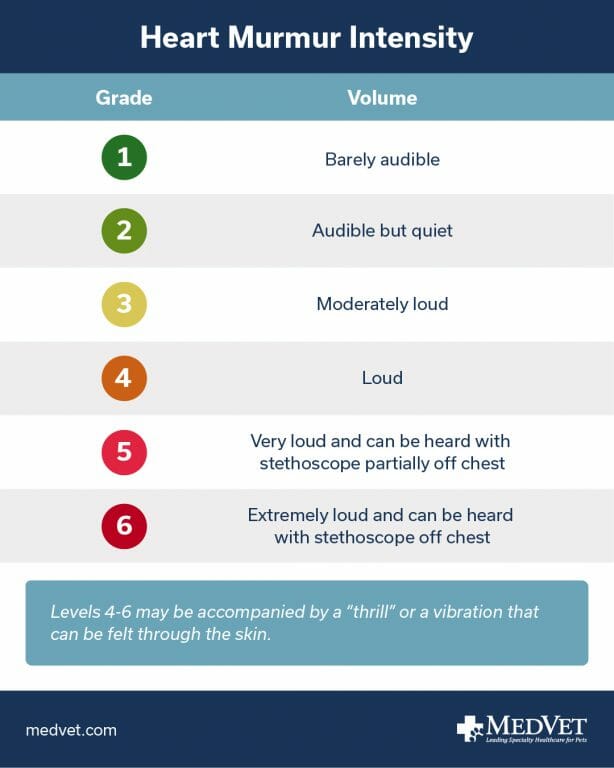
What is an innocent or physiologic heart murmur?
An innocent or physiologic heart murmur is a heart murmur that has no impact on the dog’s health.
It is very common for young puppies, especially large breed puppies, to develop an innocent heart murmur while they are growing rapidly. The murmur may first appear at 6-8 weeks of age, and a puppy with an innocent heart murmur will usually outgrow it by about 4-5 months of age. This type of murmur is benign.
In general, a physiologic or innocent heart murmur will have a low intensity (usually Grade I-II out of VI), and does not cause any symptoms or clinical signs.
